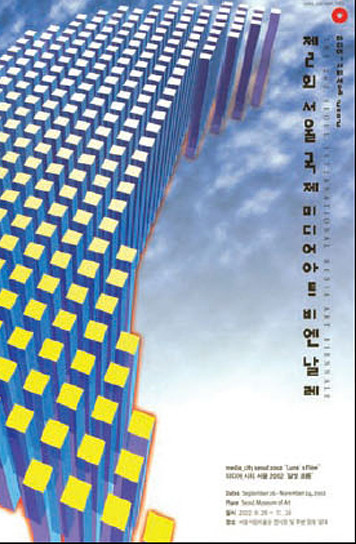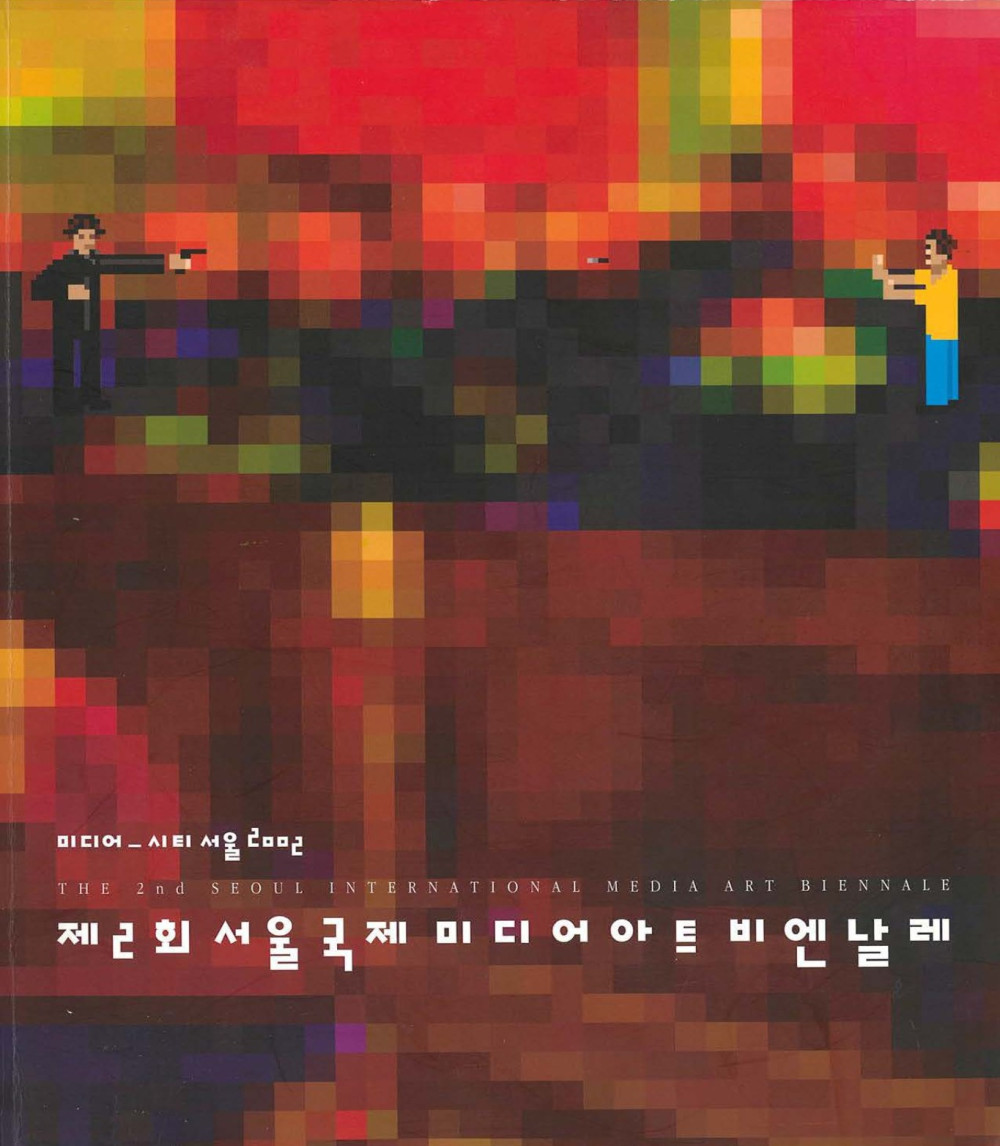House of Cards emerges from another recent work, Self Portrait as the Center of the Universe (2001). Both works belong to a larger series, one in which I have been exploring spaces in which real and virtual imaginaries are bridged. In these works, a large projection appears on one wall of a somewhat darkened room. The central figure is a computer generated real time animation of a speaking humanlike head, a kind of artificial agent, seen floating against a background of what appears to be a video of landscape or other spaces. In both works, the projected head is capable of understanding spoken English, and it replies to what it hears (via the software I have developed) with synthesized speech, creating a bridge, in a way, between “physical” and “virtual” spaces. Further, the subject of the conversation, as determined by the artificial agent, controls the landscape that is seen, so these change as the conversations go along, and other figures appear and disappear.
In Self Portrait, the physical side of the conversation is performed by an animatronic figure (a speaking silicone cast of my head) and the central subjects of their conversation revolve around, on one side - generalization and distance; and on the other - questions and memories of itself. House of Cards circles around the drive to make narrative out of fragmentary experience, and, as it’s title implies, the pathos of doing so. The animatronic figure is gone, and there is microphone (as in my other recent work, Sinking Feeling (2001)) standing in the middle of the room. The figure in the
projection tries to construct narratives from what it hears, tries to build them up, and eventually loses the thread and starts again, forgetting its story.
Whatever is spoken into the microphone engages the figure directly - it will reply, as well as try to continue its imagined story. But also, recognizing the difficulty of using speech recognition technology to understand clearly in a multilingual context, the head will actually incorporate whatever it thinks it hears, regardless of what was intended. So the fragmentary narratives that will be created change with what is spoken by the audience, in any language at all - and the figure also speaks on its own, telling stories to itself and drawing visitors into his games about language, memory, and place.

